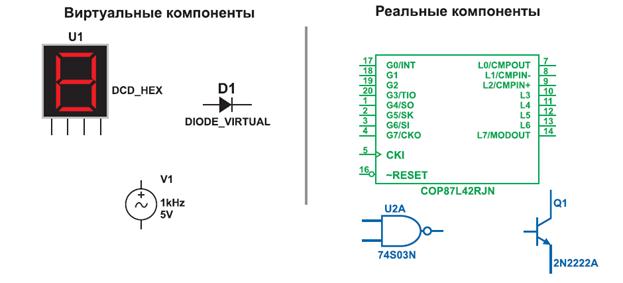E) The common problem-solution text may also describe procedures and processes.
Note: A process will have a number of stages that are in time order. So you should start at the beginning, and describe each stage through to the last one. These are some common time connectors: to begin, following this, next, then, after, after that, before, subsequently, finally. 1) 1) Following this, sand and water are added to the clay, and this mixture is turned into bricks by either placing it into a mould or using a wire cutter. 2) To begin, the clay used to make the bricks is dug up from the ground by a large digger. 3) In the subsequent stage, the bricks go through a heating and cooling process. They are heated in a kiln at a moderate and then a high temperature (ranging from 200c to 1300c), followed by a cooling process in a chamber for 2 – 3 days. 4) This clay is then placed onto a metal grid, which is used to break up the clay into smaller pieces. A roller assists in this process. 5) Finally, the bricks are packed and delivered to their destinations. 6) Next, these bricks are placed in an oven to dry for 24 – 48 hours. 2) Answer the questions: a) What time connectors are used in the text? b) Underline the instances of Passive Voice in the text. Why is it used?
|

 Put the sentences into correct order:
Put the sentences into correct order:


